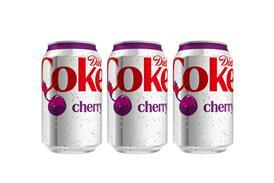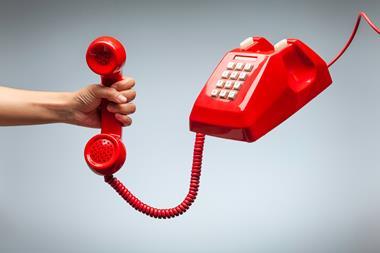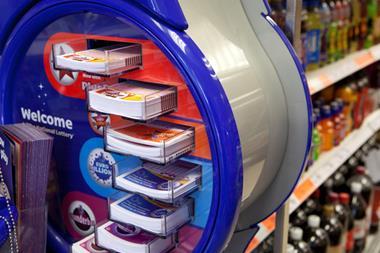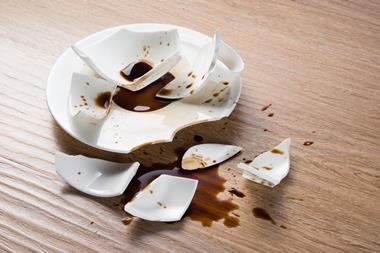Ah, the good old internet, source of all that informs and misinforms. And emails - a quick route to passing on the friendlies, the funnies, the interesting, the insightful, the racism, the rubbish we’ve all had them.
When I was discussing the cartoon slot story on electronic ciggies with Tushar (see right), I asked him where the product had originated.
He reckoned China. I said to him that I had received an email that very day, explaining barcodes and how you could easily identify the country of origin. Oddly, given that we had never exchanged emails before, Tushar had received the same email that day, too.
The email claims to offer the clue to buying British (as opposed to Chinese or any other) goods. It offers a rundown of the digits, for example, 690-692 equals made in China, whereas 50 equals made in the UK.
Being somewhat cynical (occupational hazard), I decided to take a closer look. Turns out its analysis is both true and false.
The email originated in the US in the wake of the 2008 product scares involving melamine-tainted petfoods and milk products, all from China.
But, as Snopes.com (which investigates rumours and urban myths) says, determining product origins ain’t that simple. The Universal Product Code-A used in America, and its cousin, the European Article Number (EAN) barcode, incorporate two- or three-digit country codes, but these only indicate the country or economic region where a particular barcode was assigned.
It goes on to say that an EAN number does not indicate the country of origin. Its example is that a company with its HQ in South Africa would have the barcode 600, but all its products may be made in England. These products would still get the 600 code.
General observation: it’s a pity more people don’t try to verify this stuff before they pass it on. In fact, in the version that I received someone had taken the trouble to Anglicise the original 2009 email by adding that shoppers at Tesco/Asda in particular should be sure to check the labels. Other than that, it was word for word the same as the one featured on Snopes four years ago. All it had needed was a new scandal/scare (horsemeat) to set it off and running again.
























